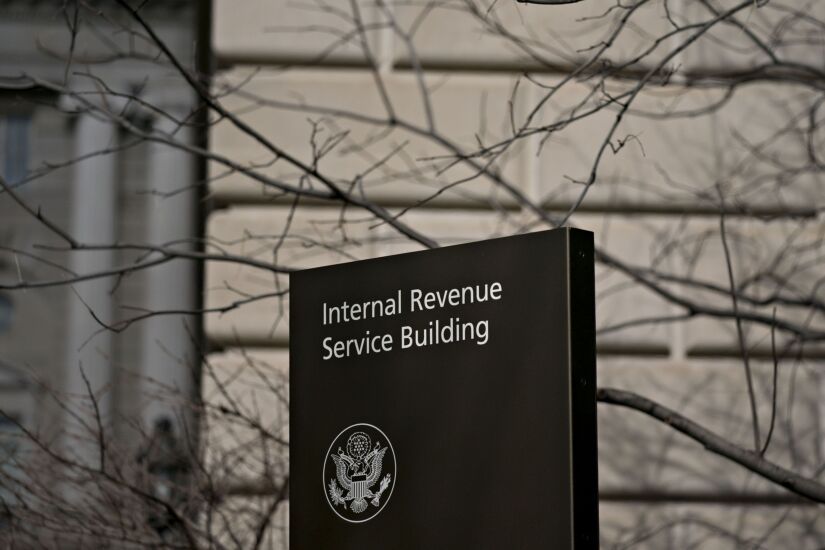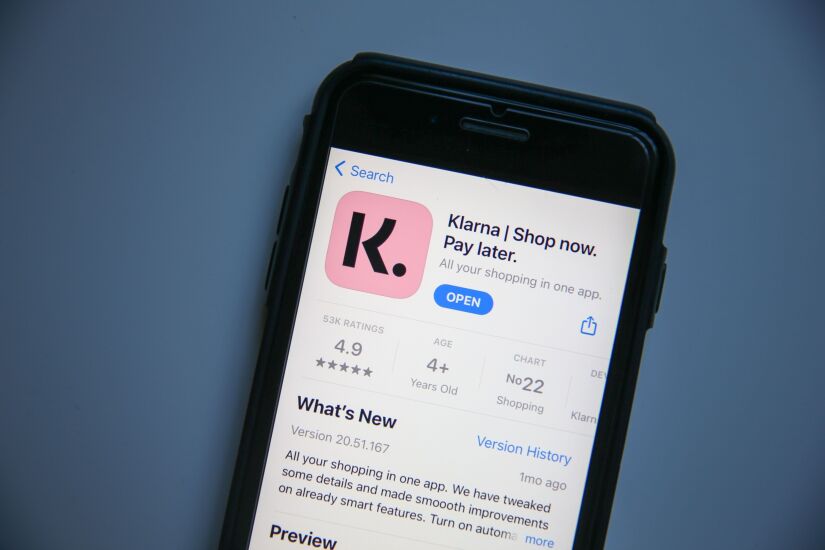The year in banking was defined by business disruption accelerated by the ongoing pandemic, clashes over regulation under a new president and the rise of new technologies.
Merger activity heated up in 2021, but a number of deals announced early in the year are still awaiting regulatory approval, and all indications are that Biden-appointed regulators will be applying more scrutiny to big-bank mergers than previous regulators have. On the legislative front, the industry suffered some setbacks — particularly on its longstanding efforts to get a pot banking bill passed — but flexed its muscles in defeating a proposal that would have required financial institutions to report customers’ account information to the IRS in an effort to catch tax cheats.
It was a year of major disruption as well. Well-funded fintechs like Klarna, Affirm and Afterpay upended the world of consumer lending, and “stablecoins” — a term few of us had even heard of last year — became a household word, and caught the attention of regulators and lawmakers. It may also be seen as the beginning of the end of bank overdraft fees and the beginning of climate-change stress tests.
Here’s a look back at the year's biggest storylines in banking.















